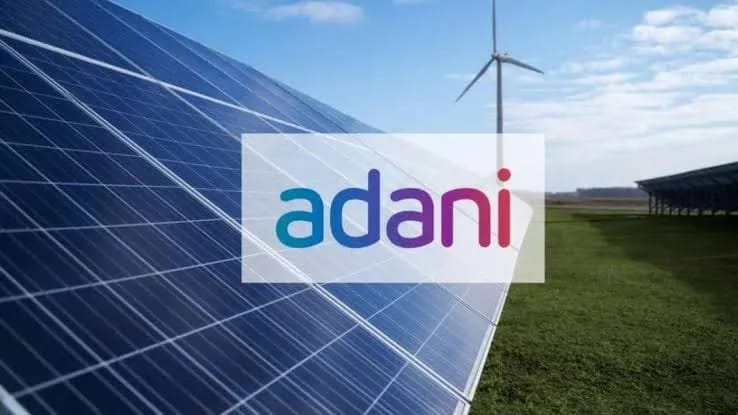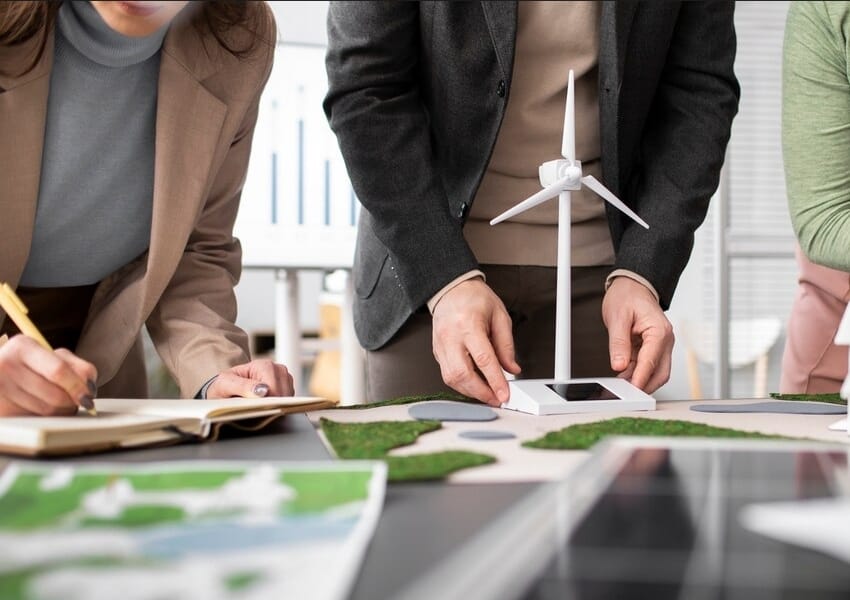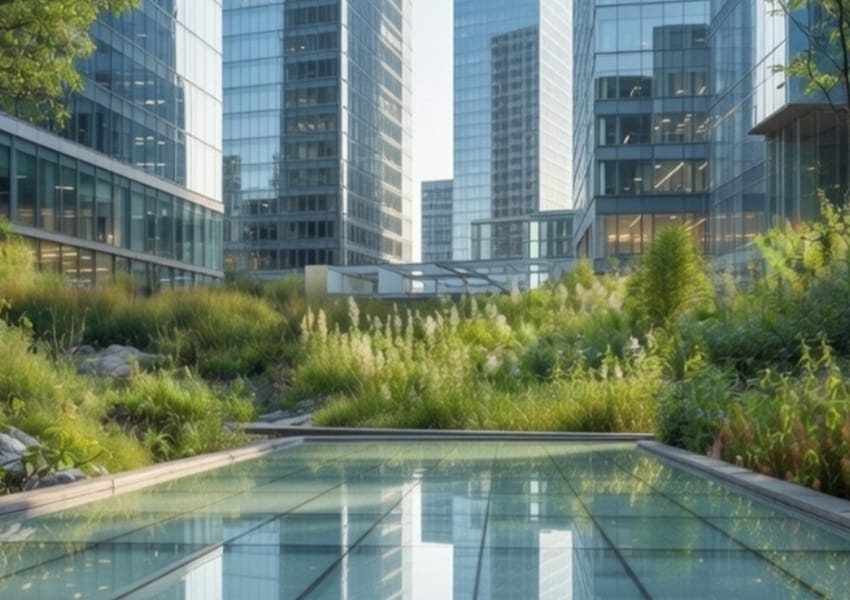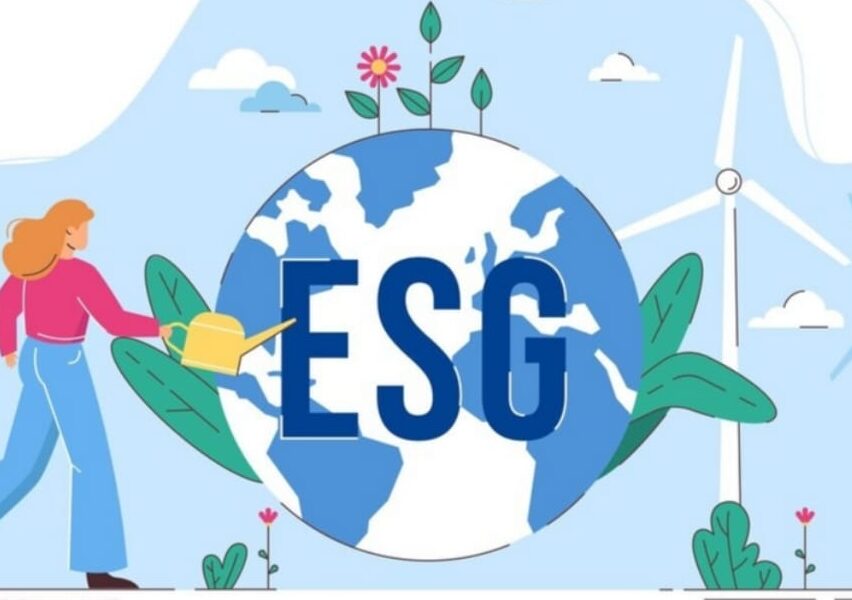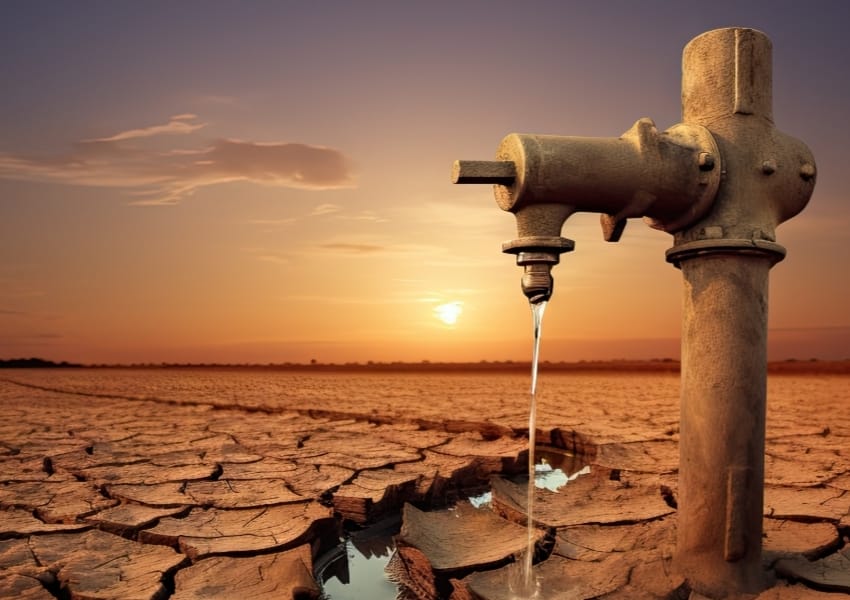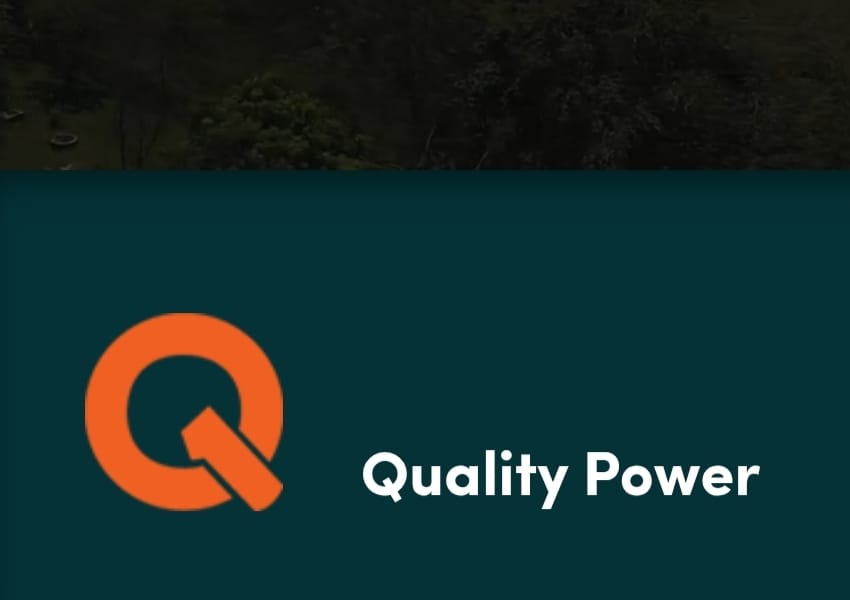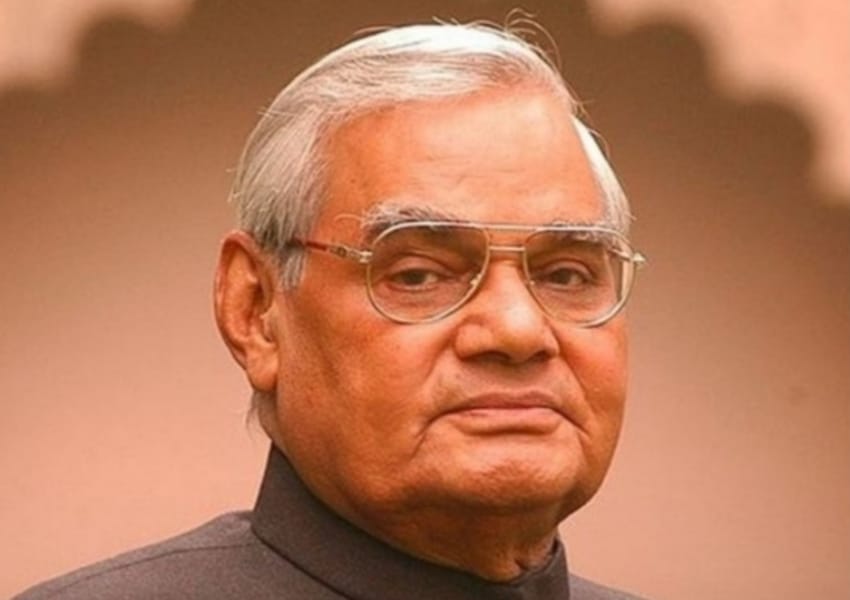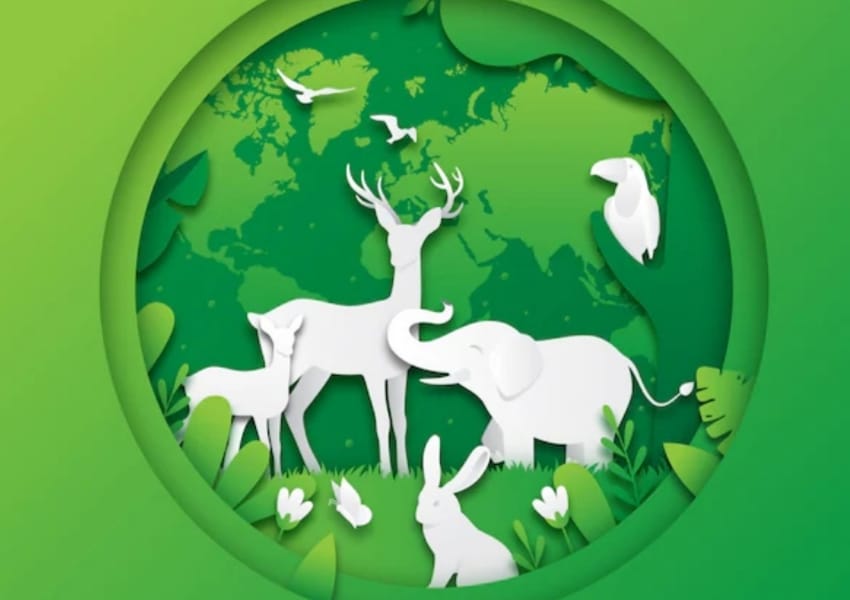India’s Climate Tightrope: Green Growth For Viksit Bharat

“India’s mission-mode approach to climate action is embodied in the National Action Plan on Climate Change (NAPCC), which outlines strategies for sustainable development across nine national missions, including solar energy, water, energy efficiency, and sustainable agriculture,” writes Dr. Kirit P Solanki, ex-Member of Parliament, Lok Sabha and Dr. Kaviraj Singh, Founder and Managing Director, Earthood.
“Earth is my mother, and I am her son.” This ancient Indian wisdom underscores the principle of sustenance at the core of Indian ethos. It reflects our intrinsic connection with nature, a relationship that has now found resonance on the global stage amidst the clamour for sustainability. Ironically, this age-old philosophy is being revisited in a world that has thrived on overconsumption, particularly in developed nations. As India navigates its journey towards becoming a developed nation (‘Viksit Bharat’) by 2047, it faces the challenge of balancing economic growth with environmental sustainability.
A New Argument on Climate Change
India’s Commitment to Green Growth
Challenges and Opportunities in the Energy Sector
The National Action Plan on Climate Change (NAPCC)
India’s mission-mode approach to climate action is embodied in the National Action Plan on Climate Change (NAPCC), which outlines strategies for sustainable development across nine national missions, including solar energy, water, energy efficiency, and sustainable agriculture. State-specific Action Plans on Climate Change (SAPCC) further reinforce these strategies, with 34 SAPCCs operational to date.
Significant progress has been made in renewable energy, particularly solar power. In 2023–24, India added 15.03 GW of installed solar power capacity, reaching a cumulative 82.64 GW by April 2024. The National Mission on Enhanced Energy Efficiency and the Perform, Achieve, and Trade (PAT) scheme have also contributed to substantial energy savings and greenhouse gas reductions.
India’s early achievement of its first NDC targets is also noteworthy. By 2021, the country had achieved 40% cumulative electrical power installed capacity from non-fossil fuel sources and reduced the emission intensity of its GDP by 33% from 2005 levels. These achievements, reached well ahead of the 2030 deadline, demonstrate India’s proactive stance on climate action.
Adaptation and Resilience
India’s Sustainable Lifestyle: A Model for the World
India’s journey towards a sustainable lifestyle is deeply rooted in its ancient spiritual and philosophical traditions. This intrinsic resilience is often a subject of global surprise, especially in the face of major adversities. Prime Minister Narendra Modi’s announcement of Mission LiFE at the 2021 UN Climate Change Conference (COP26) encapsulates this ethos, urging individuals to adopt sustainable practices and make pro-planet choices.
The Indian way of life, with its emphasis on harmony with nature and sustainable practices, has become a guiding light for global climate action. By leveraging domestic resources and seeking international support, India is well on its way to achieving its ambitious climate goals. The country’s proactive approach to climate action, balancing economic growth with environmental sustainability, underscores its commitment to a greener future. The Indian way of sustainability, with its deep spiritual and philosophical foundations, offers valuable lessons for global climate action.
In conclusion, India’s approach to climate change, rooted in its ancient ethos of harmony with nature, presents a balanced path forward. The country’s commitment to green growth, despite the challenges, highlights the potential for sustainable development that respects both human welfare and ecological integrity. As the world grapples with the complexities of climate change, India’s philosophy of “Mata Bhumi Putroham Prithivyah” reminds us of our collective responsibility to protect our planet, while “Aham Brahmasmi” underscores our individual duty to contribute to this cause.


